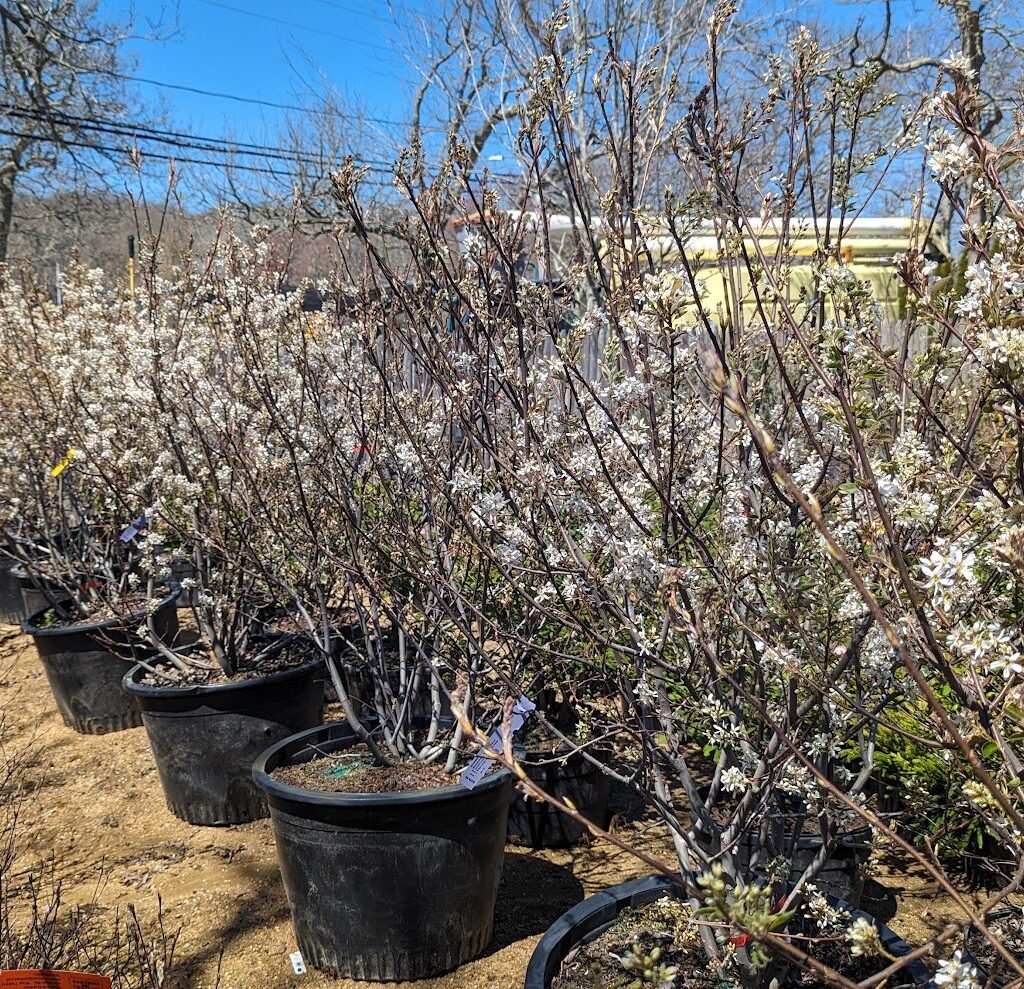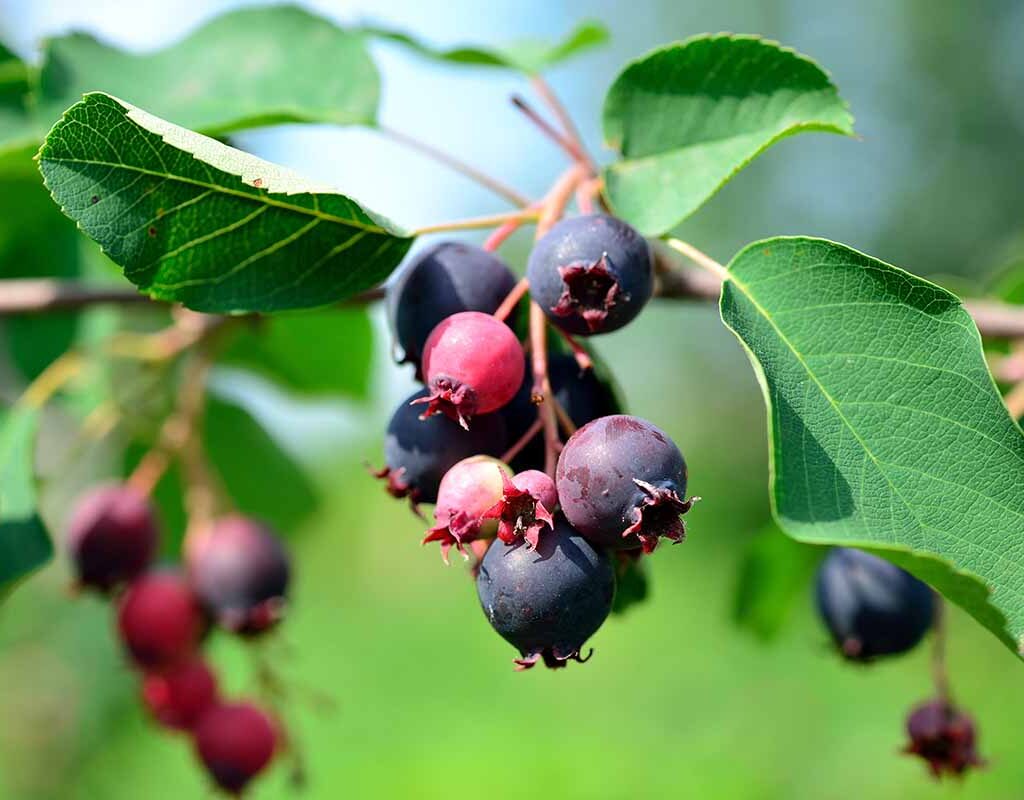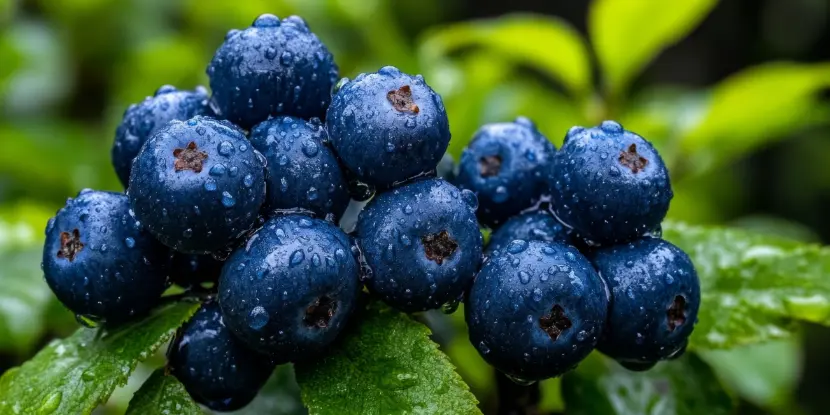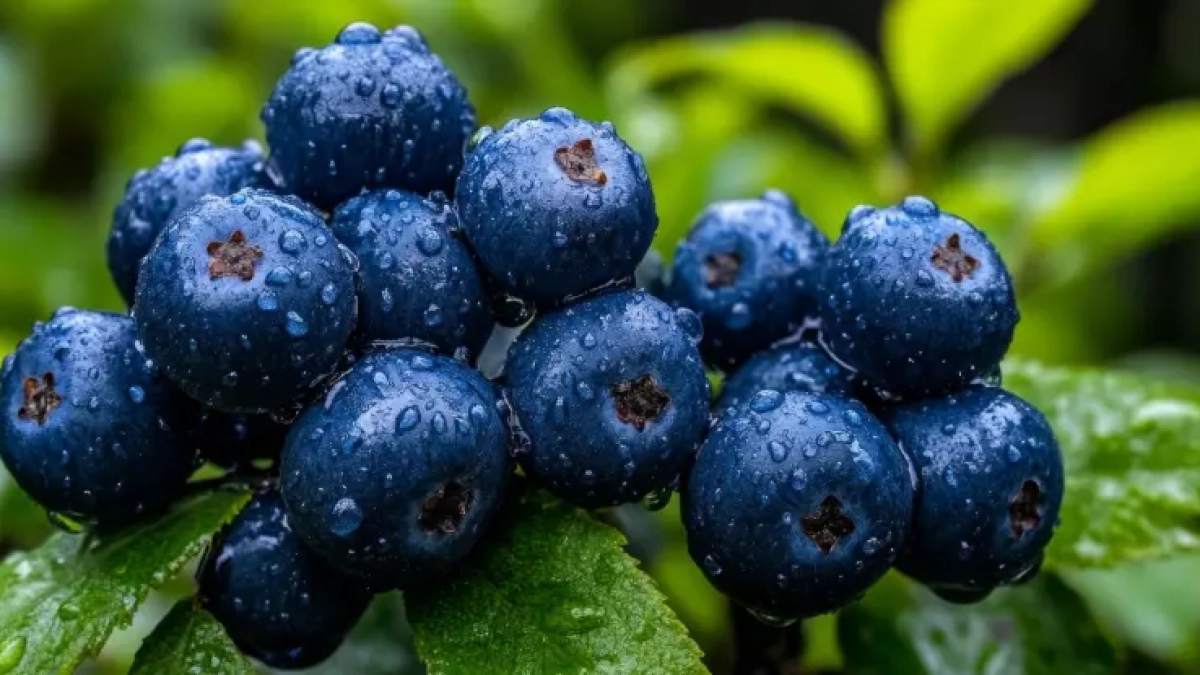Urban gardens might have limited space, but that doesn’t mean you have to sacrifice variety, flavor, or beauty. One of the most overlooked yet wonderfully rewarding plants for city landscapes is the serviceberry. Also known as Juneberry, Saskatoon, or Amelanchier, this small, hardy tree or shrub delivers multi-season charm and sweet, edible berries — all while fitting comfortably into small yards, patios, or even large containers.
If you’re looking to add a resilient, ornamental, and productive plant to your urban green space, serviceberries might be just what you need. In this guide, we’ll explore the types of serviceberries, how to grow them in compact spaces, and how to enjoy their bounty of fruit.

Why Grow Serviceberries in Urban Gardens?
Serviceberries are perfectly suited for city living. Here’s why they make a smart addition to urban landscapes:
- Compact size: Many species stay small, ideal for small backyards, balconies, or patios.
- Four-season appeal: Beautiful spring flowers, summer berries, stunning fall foliage, and attractive winter branches.
- Edible fruit: Berries can be enjoyed fresh or turned into jams, pies, and syrups.
- Wildlife-friendly: Attracts pollinators, birds, and beneficial insects.
- Low maintenance: Adaptable to different soil types and urban conditions.
Adding a serviceberry to your city garden brings both beauty and harvest — a win-win for any modern gardener.
Best Serviceberry Varieties for Urban Gardens
There are about 20 species of serviceberries, but a few stand out for urban planting due to their size, hardiness, and fruit quality.
1. Amelanchier alnifolia (Saskatoon Serviceberry)
- Popular for its sweet, blueberry-like berries.
- Grows 6–15 feet tall.
- Extremely cold-hardy (USDA zones 2–7).
2. Amelanchier canadensis (Canadian Serviceberry)
- Multi-stemmed shrub or small tree.
- 15–25 feet tall.
- Beautiful white spring flowers and good fruit yield.
3. Amelanchier laevis (Allegheny Serviceberry)
- Noted for smoother, purplish bark and early spring blooms.
- Grows 15–25 feet tall.
- Tolerates partial shade.
4. Amelanchier × grandiflora (‘Autumn Brilliance’, ‘Princess Diana’)
- Hybrid known for heavy fruit production and stunning fall colors.
- 15–25 feet tall.
- Perfect for small landscape accents.
When choosing a variety, consider your climate zone, available space, and whether you prefer a multi-stemmed shrub or single-trunk tree.

Ideal Growing Conditions
Serviceberries are adaptable but perform best in certain conditions:
Sunlight
- Full sun to partial shade (at least 4–6 hours of sunlight daily).
- More sunlight means better flowering and fruit production.
Soil
- Prefers well-drained, loamy soil, but tolerates sandy or clay conditions.
- Slightly acidic to neutral pH (5.5–7.0).
Water
- Requires consistent moisture, especially during the first year.
- Mature plants tolerate light drought but perform best with regular watering.
Planting Serviceberries in Urban Gardens
When to Plant
- Best planted in early spring or fall when temperatures are cooler and soil moisture is more stable.
How to Plant in the Ground
- Dig a hole twice as wide and as deep as the root ball.
- Loosen the soil at the bottom and mix in compost for better drainage.
- Place the plant in the hole so the top of the root ball is level with the soil surface.
- Backfill with soil and gently tamp down.
- Water thoroughly.
- Apply a 2-3 inch layer of mulch around the base to retain moisture and suppress weeds.
Container Planting Tips
Serviceberries can thrive in large containers if cared for properly.
- Use a container at least 18-24 inches deep and wide.
- Fill with well-draining potting mix amended with compost.
- Ensure the pot has ample drainage holes.
- Water regularly, as container plants dry out faster than those in the ground.
- Consider a dwarf or compact variety for better container performance.

Caring for Serviceberries
Watering
- Water deeply during dry spells, especially in the first 2–3 years.
- Once established, serviceberries tolerate light drought.
Fertilizing
- Apply a balanced, slow-release tree or shrub fertilizer in early spring.
- Avoid over-fertilizing; excess nitrogen can reduce fruit production.
Pruning
- Prune in late winter to:
- Remove dead, damaged, or crossing branches.
- Shape the plant and control size.
- Thin the interior for better air circulation.
In small gardens, annual light pruning keeps serviceberries tidy and manageable.
Pest and Disease Management
Serviceberries are relatively low-maintenance but can encounter a few issues:
- Rust and powdery mildew: Prevent by planting in sunny areas with good air circulation.
- Aphids and caterpillars: Spray with a strong blast of water or use insecticidal soap.
- Birds: Cover ripening fruit with netting if you want to save berries for yourself.
Regular inspection and good garden hygiene (cleaning up fallen leaves and debris) will keep most problems at bay.

Harvesting Serviceberries
When to Harvest
- Serviceberries ripen in late spring to early summer, depending on your location.
- Berries start red and turn deep purple to blue-black when ripe.
- They’re sweetest when fully colored and slightly soft.
How to Harvest
- Gently pluck ripe berries by hand or with small snips.
- Harvest daily during peak season as birds will also be eager for the fruit.
Using Serviceberries
Serviceberries are delicious and versatile, with a flavor somewhere between a blueberry and a cherry. Here are a few ways to enjoy them:
- Fresh off the bush
- Pies, cobblers, and crisps
- Jams, jellies, and syrups
- Smoothies and desserts
- Dried for winter snacks
Rich in fiber, vitamin C, and antioxidants, these berries are as nutritious as they are tasty.

Benefits Beyond the Fruit
Serviceberries offer year-round interest:
- Spring: Showy white flowers that brighten up urban spaces.
- Summer: Edible berries and glossy green leaves.
- Autumn: Vibrant red, orange, and yellow foliage.
- Winter: Attractive branching patterns and smooth gray bark.
They also support urban ecosystems by attracting pollinators, songbirds, and beneficial insects.
Final Thoughts
For city dwellers who want to grow something beautiful, practical, and environmentally friendly, serviceberries are a perfect fit. They bring four-season appeal to small landscapes, deliver sweet, antioxidant-rich berries, and require minimal care once established.
Whether planted in a tiny backyard, along a sunny balcony, or in a decorative container, serviceberries prove that you don’t need a sprawling orchard to enjoy fresh, homegrown fruit. With just a little attention, you can savor their charm and flavor right in the heart of your urban garden.






Leave A Comment